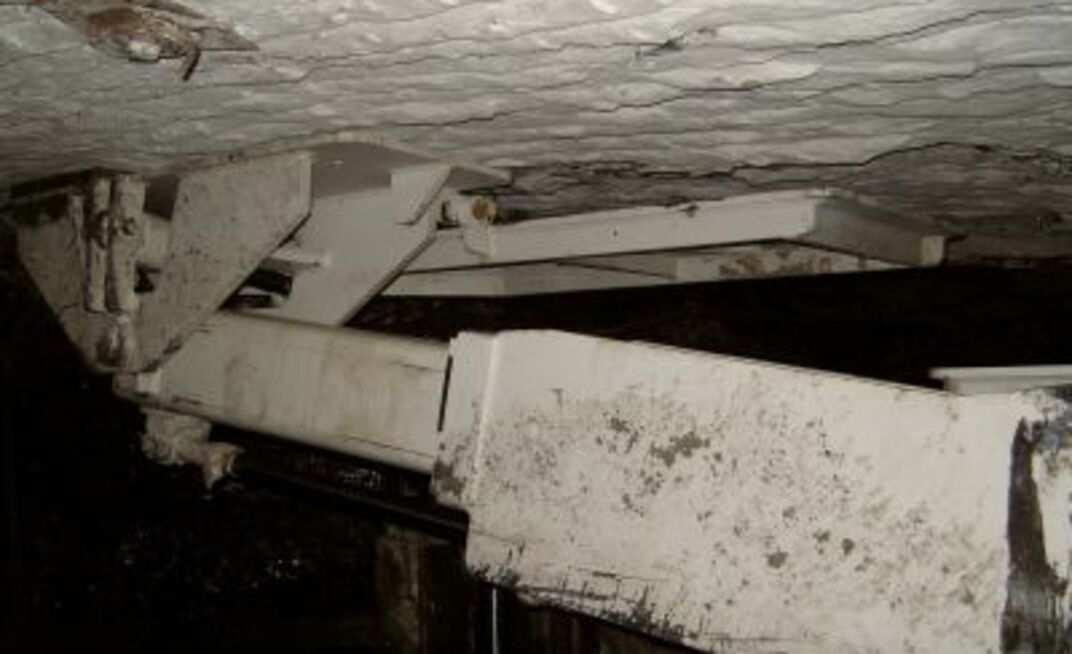Published in the December 2009 Coal USA Magazine
Coal product sales manager Ben Hardman told Coal USA that the hydraulically operated deflectors were of particular value in mines that experienced issues like flakes, roof stresses and other anomalies.
He noted that the units could be fastened to the main beam of a bolter unit’s automated temporary roof supports and, once in place, deployed using controls near those for the roof supports themselves.
“When rock lands on the deflector, it is redirected away from the operator. [It] can help increase operator safety and reduce the nuisance injuries that can result from falling debris,” Hardman said, adding that the deflectors – which have a load yield rating of 3000 pounds – work on inside and outside-controlled bolters and can be retrofitted to many of Fletcher’s existing machines.
Drilling on the outfitted machines is performed through holes that can accommodate square plates up to 8 inches, but Fletcher says larger plates can be used by placing them on top of the deflector before drilling. Hardman noted another advantage was the quality of the spacing of the roof bolts, which are mandated by federal law to be spaced 4 feet apart.
“Without the outby rocker pad deflectors, it is up to the roof bolter operator to measure where the roof bolt is to be installed. Since the outby deflector defines where the roof bolt is to be placed (drilling up through the hole in the plate), the operator doesn’t have to worry about side-to-side placement of the bolts. Bolts are perfectly in line because the side-to-side placement is defined by the hole in the outby rocker pad.”
Fletcher highlighted that mines should refer to their operation guidelines before deploying and using outby rocker pad deflectors, as factors such as machine model and mining height could affect the product’s function.
“Generally anything over 5 feet is okay [but] under this height some interference problems exist. It is a goal of Fletcher to address this shortcoming and we are designing a version that will work on the lower machines,” Hardman said.
The product’s load rating does not raise an ATRS system’s overall yield, which in some cases can reach 45,000lb. Also, operators should stand clear for safety as the device is lowered, as there is always potential for rock to accumulate on the top.
Fletcher said mine feedback had been very favorable; in fact, one mine manager presented information to an industry crowd at the International Conference on Ground Control in Mining earlier this year.
“The outby rocker pad deflectors represent advancement in technology to make roof bolting a safer operation at LMP and elsewhere,” Lone Mountain Processing’s Arnold Hammons said. That company even required operators to wear metacarpal gloves and Kevlar sleeves to ensure the highest level of safety.
“The best possible protection to a roof bolter operator is to have an inside control mast feed machine with outby rocker pad deflectors mounted on an articulated beam with outby pad and leveling link,” Hardman said.
























